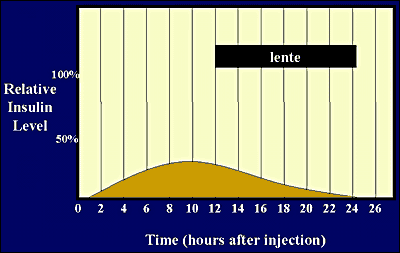Our Annie has been diabetic for about a year and I've reading this forum for about two months. Thought it was time to join and share our experiences.
Pets name: Annie
Breed: Lhasa Apso
Age: 8
Weight: 16 pounds
Diabetic since: June 2008
Insulin: Vetsulin - usually 6 units, twice a day
BG meter: AlphaTrak
Food: currently mix of 2 tablespoons of NATURE's RECIPE (Venison & rice) and 1.5 ounces (use a scale) of NATURE's RECIPE (Venison & Rice) dry. Have tried homemade and other commercial brands.
I'll add more info after I see if this post makes it.
Craig, Annie's dad
Pets name: Annie
Breed: Lhasa Apso
Age: 8
Weight: 16 pounds
Diabetic since: June 2008
Insulin: Vetsulin - usually 6 units, twice a day
BG meter: AlphaTrak
Food: currently mix of 2 tablespoons of NATURE's RECIPE (Venison & rice) and 1.5 ounces (use a scale) of NATURE's RECIPE (Venison & Rice) dry. Have tried homemade and other commercial brands.
I'll add more info after I see if this post makes it.
Craig, Annie's dad
 She's adorable!
She's adorable!


Comment